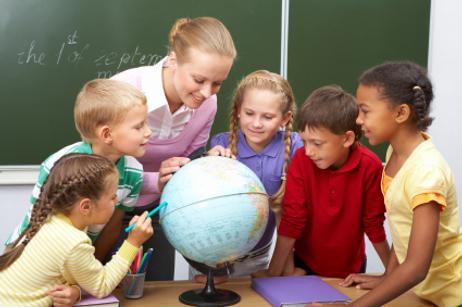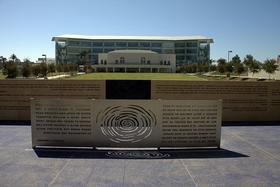Public education has gotten a bit of a bad rap in recent decades, as many families are exploring other education options, like homeschooling, private schools, and charter schools. However, public schools still serve a significant role in preparing the next generation of world leaders. Check out these 10 potential advantages a public school education can provide.
Cost
The cost of a public education can’t be beaten. Although some parents might complain about the recently added expenses of supplies and participation in sports teams, these schools are still much more budget-friendly than their private counterparts. According to GreatSchools.org, the average tuition for private schools in the United States during the 2016-2017 school year was $19,310. The average cost for a boarding school during that same year was $35,118. Schools affiliated with the National Association of Independent Schools charged even more.
This video looks at the advantages of public schools.
In addition, private schools receive additional funding through private donations. In many cases, this means parents of students at the schools may have to invest time and money in fundraising events throughout the year. While public schools also participate in fundraisers, the bulk of their funding still comes from federal, state, and local government sources.
Availability
Public schools provide access to education for every child in a community. The Huffington Post notes that by law, public schools cannot turn students away based on academic performance, income level, or disability. This ensures that every student in a neighborhood has the same educational opportunities as the neighbors down the street, regardless of their current personal or financial situation. Since education is frequently seen as the great equalizer for society, the availability of education for all is a crucial benefit these institutions offer.
Diversity
Because public schools admit all children in the community, those who attend the schools are more likely to be in classrooms with other children who don’t think, act, or look exactly like them. Students are more apt to be exposed to students from different cultures or income levels. They may learn to work with other students with mental and physical disabilities. The diversity of the student body can be an essential learning experience for all children attending a particular school.
Class Sizes
According to the website for New York Schools, funding for schools is often dependent on the number of students in a school, with consideration for smaller, more manageable classroom sizes. Typically, class sizes in public schools tend to remain more minor in the early years, from kindergarten through about third grade. Then, classes may gradually grow according to the students’ age and ability to work independently.
Here is another video discussing the advantages of public education.
Academic Opportunities
Public schools often have the resources to offer more academic opportunities, such as advanced classes and courses in specialized subjects like technology and the arts, according to Education Bug. Options might include gifted and talented programs, International Baccalaureate and Advanced Placement classes. Students who want to excel will find various chances to do so, while those not inclined to academic acceleration also find choices at their ability level.
Extracurricular Opportunities
In addition to the choices in the classroom, public school students often have more activity options after the last bell rings for the day. From athletics to music and theatre, most schools offer a variety of extracurricular activities to keep students learning and excelling in the areas they are most interested in.
Services
By law, public schools must also provide certain services to students. Some, such as transportation to and from school, are offered to all the students. Other benefits, such as reduced-price lunches and academic assistance, are provided to qualifying students. Because the services are required, public schools have a staff of special education teachers and learning specialists at the parents’ and students’ disposal. Private schools may not offer such services because they are not required to admit students who meet these needs.
Teacher Qualifications
According to PublicSchools.org, public school teachers are required to be certified by the state. Certification also requires ongoing education and periodic renewal of credentials. Charter schools and private schools do not have this requirement, which means parents don’t always know the level of training attained by the teacher in their child’s classroom. Sometimes, these schools might not require teachers to have a four-year degree to work in the classroom.
Accountability
The state holds public schools accountable for their academic performance. While some have complained that this has led to an overabundance of standardized testing, the schools at least have a higher authority to which they must answer. This prevents abuse and leads to the management of failing schools much more quickly than if the school did not have such accountability.
Results
According to the Huffington Post report, students in public schools score comparably on standardized tests to students in private schools. In some cases, they outscore students in charter schools. While some public schools have relatively poor results, those results are often found in areas with high poverty rates. When comparing apples to apples regarding student demographics, public schools are right up there with other types of schools.
While many are complaining about the state of public schools today – and some with good reason – these schools still work effectively for most students in the system. With many benefits from public schools, it is no wonder most students and their parents are still choosing the public school in their neighborhood as their first choice for education.
Questions? Contact us on Facebook. @publicschoolreview













